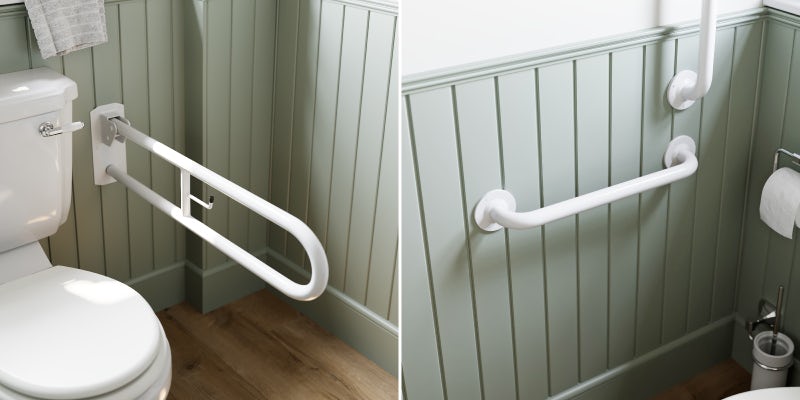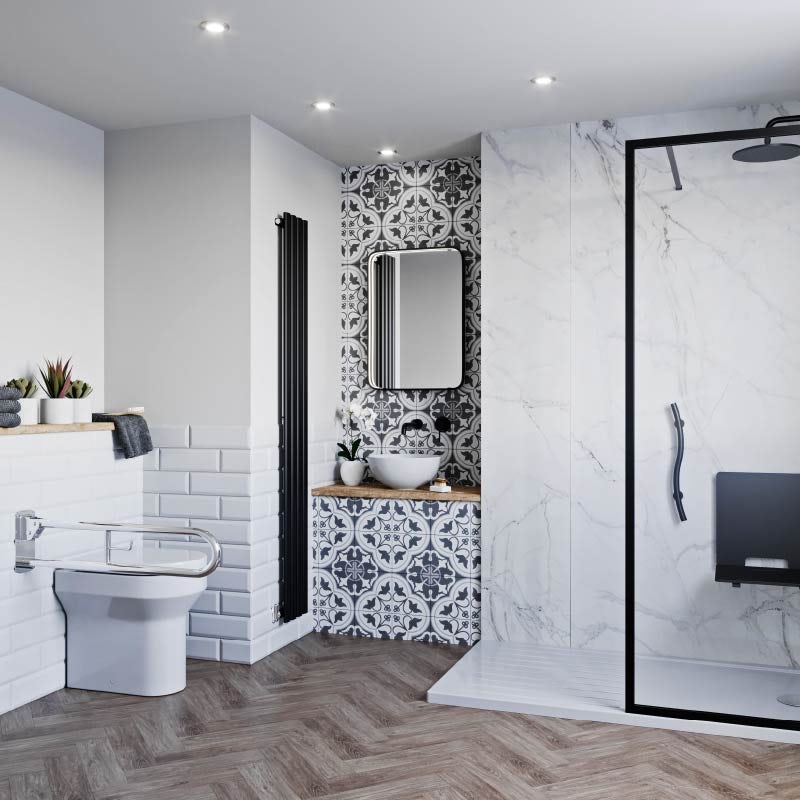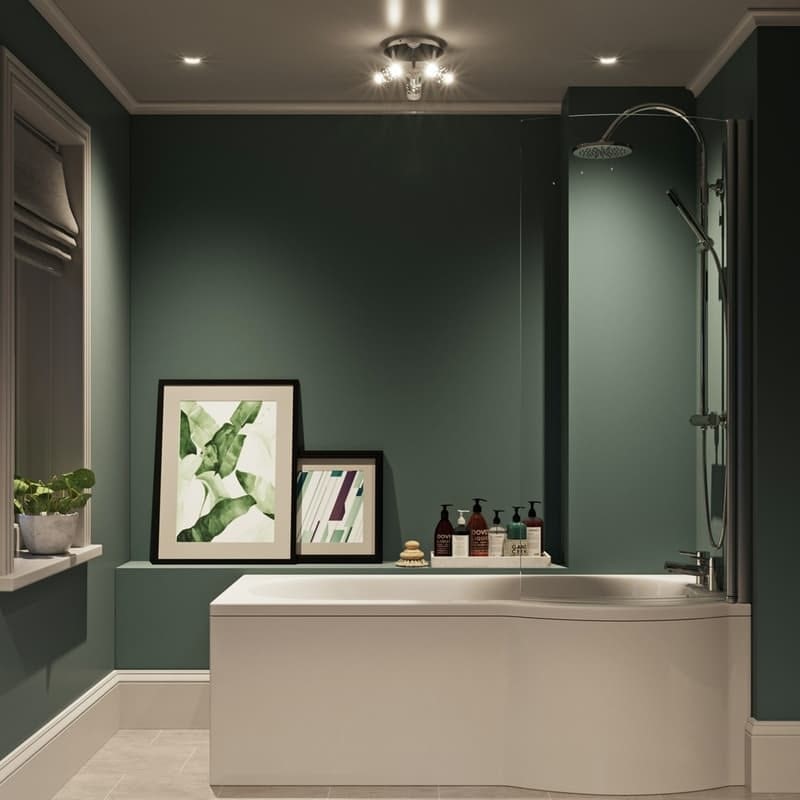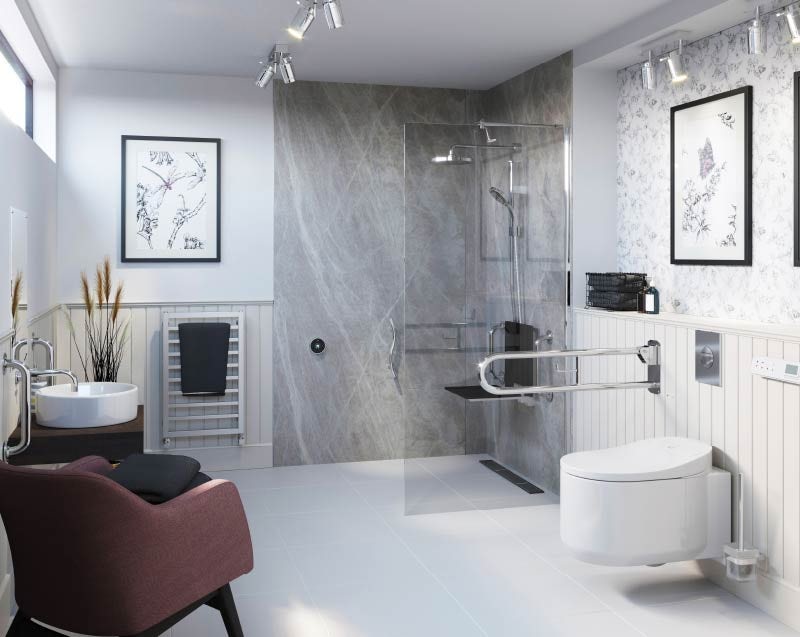If you or a loved one are living with Parkinson's disease, we'll examine the modifications you can make to your home to help make life a little easier.
Parkinson's disease is a progressive neurological disorder that affects movement, coordination and balance. As the disease progresses, everyday tasks such as getting in and out of bed or using the bathroom can become more challenging. Fortunately, there are several modifications that can be made to the home to improve safety and accessibility for those living with Parkinson's disease.
In this article, we'll explore some of the ways to modify your home for Parkinson's disease.
Handrails and grab bars
Handrails and grab bars can provide essential support when moving around the home. They can be installed in hallways, stairways and bathrooms to help with balance and stability. Handrails and grab bars should be securely mounted to the wall and positioned at the appropriate height for the individual's needs.
If this sounds like an option you'd like to explore, why not read our grab rail buying guide?
Non-slip flooring
Falls are a common hazard for those with Parkinson's disease. Installing non-slip flooring can reduce the risk of falls by providing a secure grip even when the floor is wet. Non-slip flooring options include laminate, vinyl and even tiles. With laminate and vinyl, these can often be installed over existing flooring.
If you'd like to learn more about using tiles, read our guide to choosing anti-slip tiles.
Lighting
Poor domestic lighting can make it difficult to navigate the home safely. Installing brighter light bulbs or adding additional lighting fixtures can improve visibility and reduce the risk of falls. Motion-activated lighting can also be a helpful addition to areas such as hallways or stairways.
In bathrooms, where water is present, special electric zones exist to promote safety. To find out more about this, read our guide to bathroom electrics.
Wheelchair ramps
For those with limited mobility, wheelchair ramps can provide easier access in and out of the home. Ramps can be installed at the front entrance and any other areas with steps or raised surfaces. The slope and width of the ramp should be carefully considered to ensure it is safe and accessible.
A level, accessible bathroom could certainly help someone with Parkinson's disease in their day-to-day life. In our latest guide, we'll demonstrate how to create a bathroom designed for wheelchair use, showing you how it can be functional yet still look wonderfully stylish.
Conclusion
Parkinson's disease can make daily tasks more challenging, but modifying the home can improve safety and accessibility. Handrails and grab bars, non-slip flooring, lighting and wheelchair ramps are just a few of the modifications that can be made to the home to make it safer and more comfortable. By making these adaptations, individuals with Parkinson's disease can continue to live independently and safely in their own homes.
Shop Independent Living
For the very best in accessible bathrooms, why not browse our Independent Living range today? Simply click on the image below.
More ideas and advice for Independent Living
If you're looking to adapt your home due to a specific condition, disability or mobility issue, you'll find plenty of help and inspiration at Victoria Plum.
From stylish yet accessible bathrooms for elderly users to high contrast bathrooms for visually-impaired homeowners, discover how to create a space without compromising on looks.
For help with your purchase, check out our walk-in bath buying guide and information on electronic bidet toilets, commonly known as Japanese toilets.
Click below to head to our Independent Living hub for more ideas and advice.













